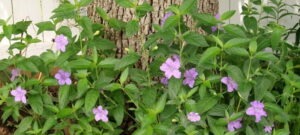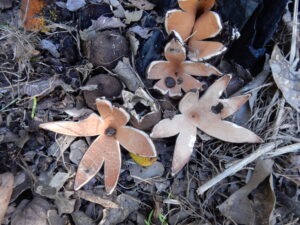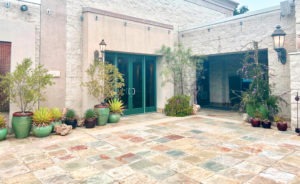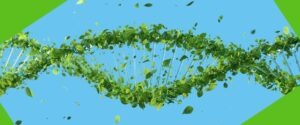In honor of National Library Week, BRIT Library would like to highlight a recent acquisition of the BRIT Library & Archive collection.
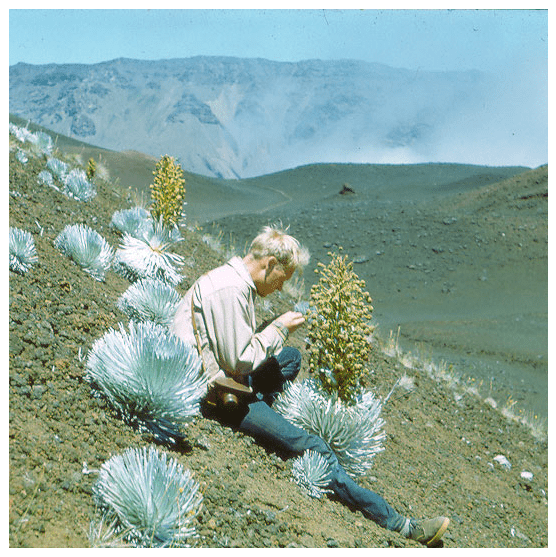
In July of 2018, BRIT Library acquired the collection of botanist Sherwin Carlquist. This acquisition includes 100,000 color field photograph slides, 5,000 microscope slides, and 15 field notebooks.
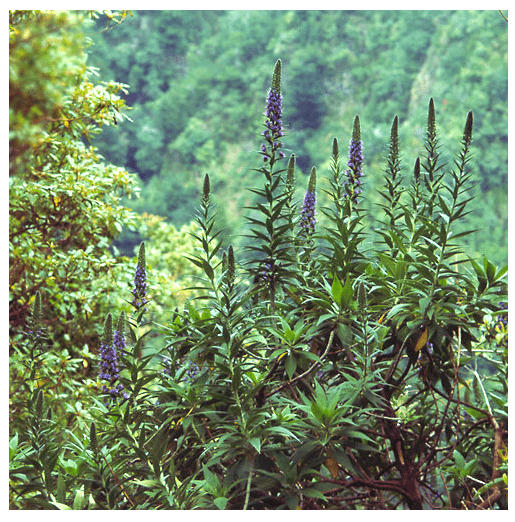
Carlquist is a Guggenheim fellow and a plant anatomist based at Santa Barbara Botanic Garden Herbarium (SBBG) in California and continues to publish on his research findings to this day. Over the course of his career, the primary focus of his research has been on island biogeography and island flora. The most active years of his field research span from 1953-1989 and include regions such as Western Australia, New Zealand, Hawaii, Japan, Malaysia, and Africa.
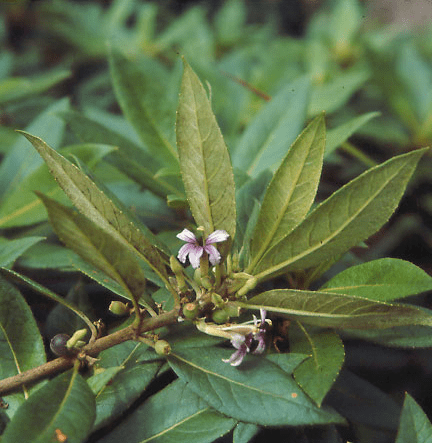
Carlquist’s Field Research:
1953, Revillagigedo Islands Hawaiian Islands: 1953, 1958, 1961, 1965, 1966, 1972, 1974, 1976, 1985.
1957: Guadalupe I., Mexico (1 week)
1962-1963: 15 months in S. Pacific and Orient, including Society Islands, Samoa, Fiji, New Caledonia, New Hebrides, New Guinea, New Zealand, Australia, Cambodia, Taiwan, Japan.
1973: Malaya (3 weeks); South Africa (5 months)
1974: Western Australia (including desert center) (4 months)
1976: Southeastern U.S. (1 month)
1977: study in Herbarium of the Royal Botanic Garden, Kew, and Herbarium, Mus‚e d’Histoire Naturelle, Paris; Field work in Malaya, Northern Territory, Queensland, New Caledonia, and Fiji.
1978: helicopter-aided reconnaissance of the Arnhem Land sandstone plateau, Northern Territory; field work in New Caledonia (including climb of Mt. Panié); Sabah (Mt. Kinabalu). 1980: southern Florida, especially Everglades and Keys.
1981: botanical gardens and natural areas in Germany, Sweden, and Denmark.
1982: Japan (3 months), including 3 Ryukyu Islands, 3 Bonin Islands, plus various montane areas on Honshu and Kyushu; Peru and Chile (3 months).
1984: Texas, Colorado, New Mexico, Arizona
1988: Sonora, Mexico
1989: Namibia, Malaysia, subantarctic islands of New Zealand
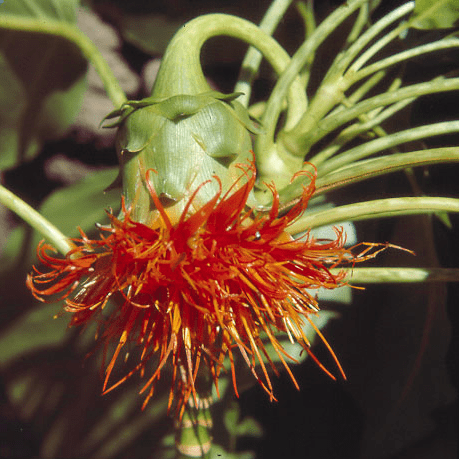
Carlquist often collected three types of specimen samples while out in the field collecting: a wood sample, a sample for liquid preserve, and a sample for the main herbarium collection. Carlquist’s wood collection, liquid preserve collection, as well as his main herbarium specimen collection are housed at Rancho Santa Ana Herbarium (RSA). There are upwards of 5,000 Carlquist specimens in the RSA collection.
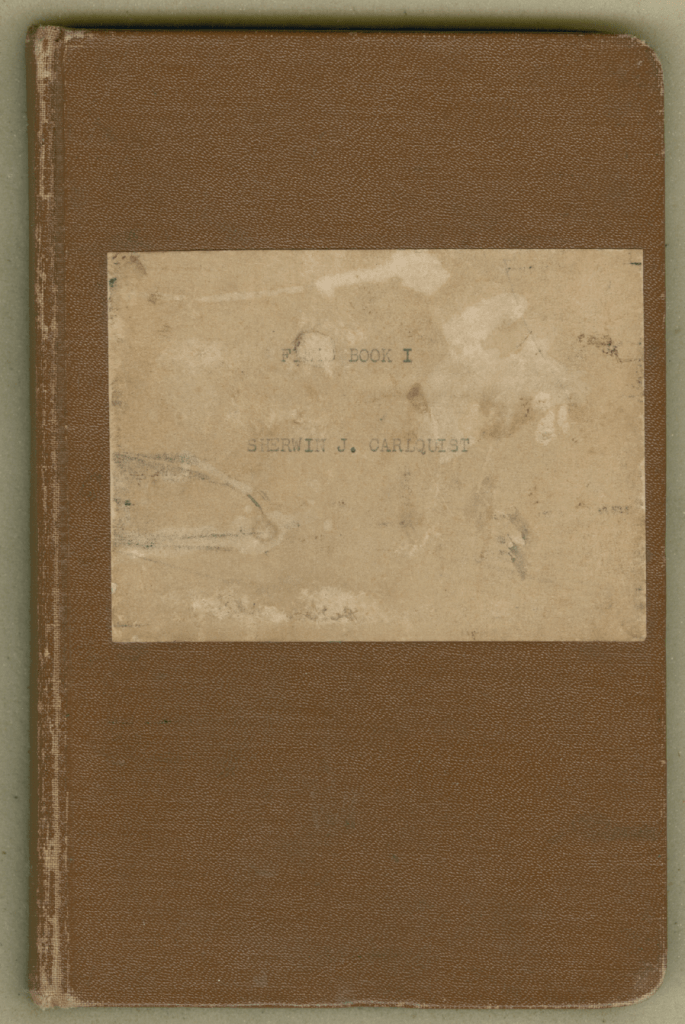
Carlquist’s fifteen field notebooks, now housed in BRIT Library & Archive, range to include his research from 1951-2012, which was conducted in the regions of Australia, Tasmania, New Zealand, New Guinea, Kenya, Western Australia, New Caledonia, Japan, and South Africa.
Part of the value of field notebooks is that they often provide important date, locality, and determination (identification) information regarding the specimen collected. The specimen and field notebook are typically correlated by way of a collection number assigned to the specimen by the botanist. Oftentimes, without the information provided in the field notebooks, collections of specimens cannot be processed and accessioned into herbaria collections, and therefore cannot be used for research.
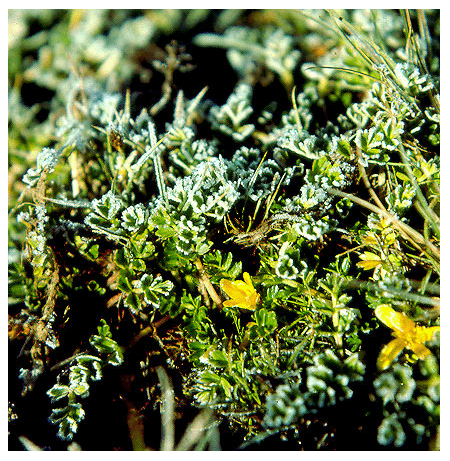
While out collecting in the field, Carlquist also took field photographs of specimens before they were collected. Field photographs include photographs of plants as well as photographs of habitats and they are taken in situ primarily for two reasons. The first relates to the specific environment of collection: some aspect of the geography, microclimate, and ecosystem of the specimen locality is valuable to the identification of the specimen. The second pertains to the structure of the plant: some physical element of the specimen will not be preserved in its collection, pressing, and drying. Carlquist took field photographs of both plants and habitats.
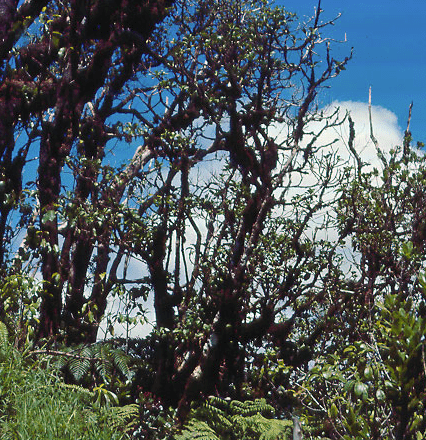
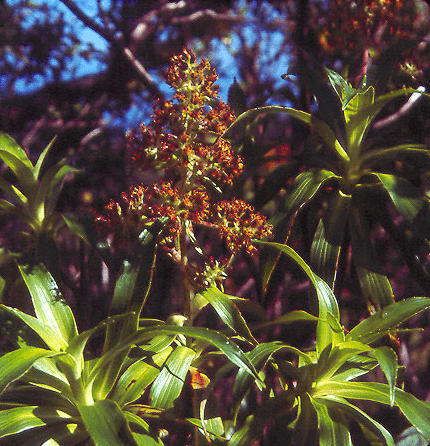
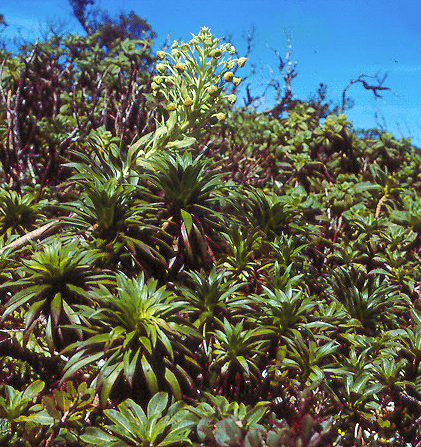
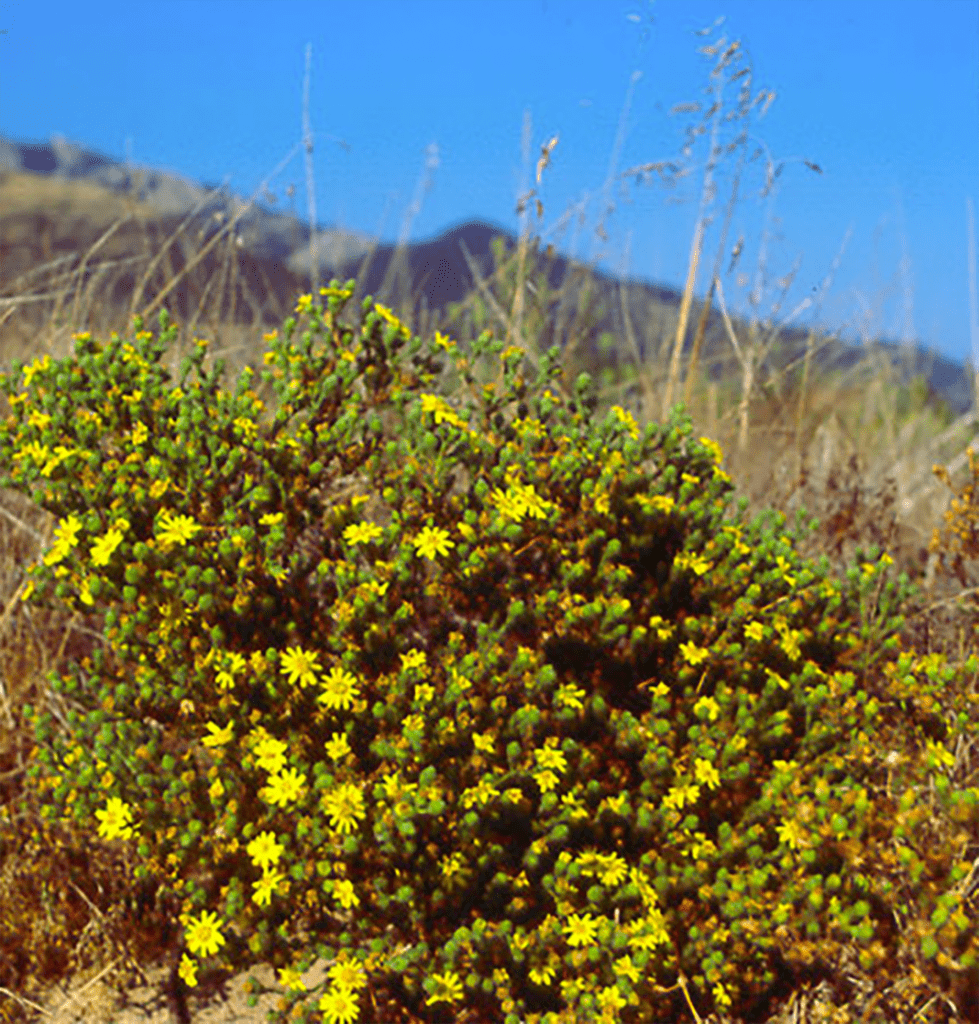
Sources & Further Reading:
Sherwin Carlquist’s website: http://sherwincarlquist.com/index.html
Sherwin Carlquist at SBBG: https://www.sbbg.org/conservation-research/research/current-research/sherwin-carlquist

